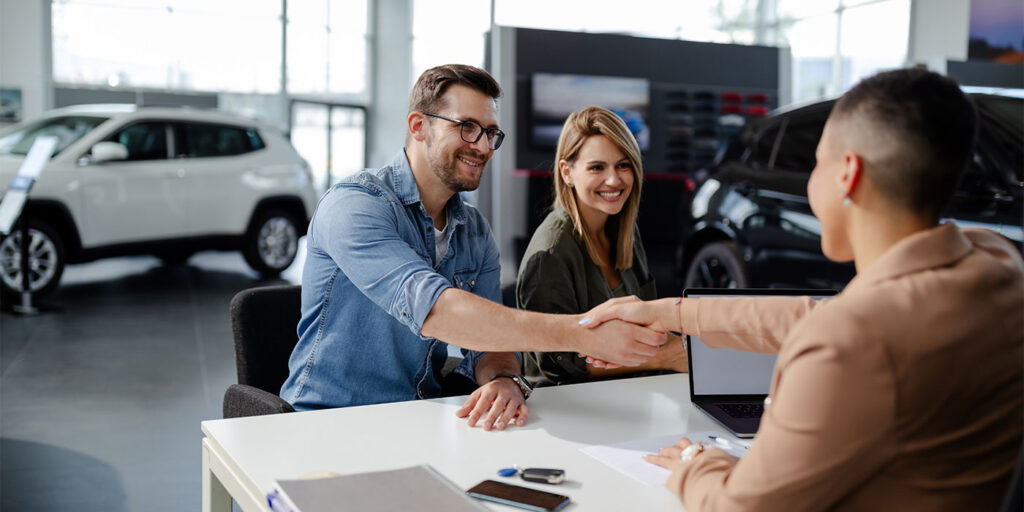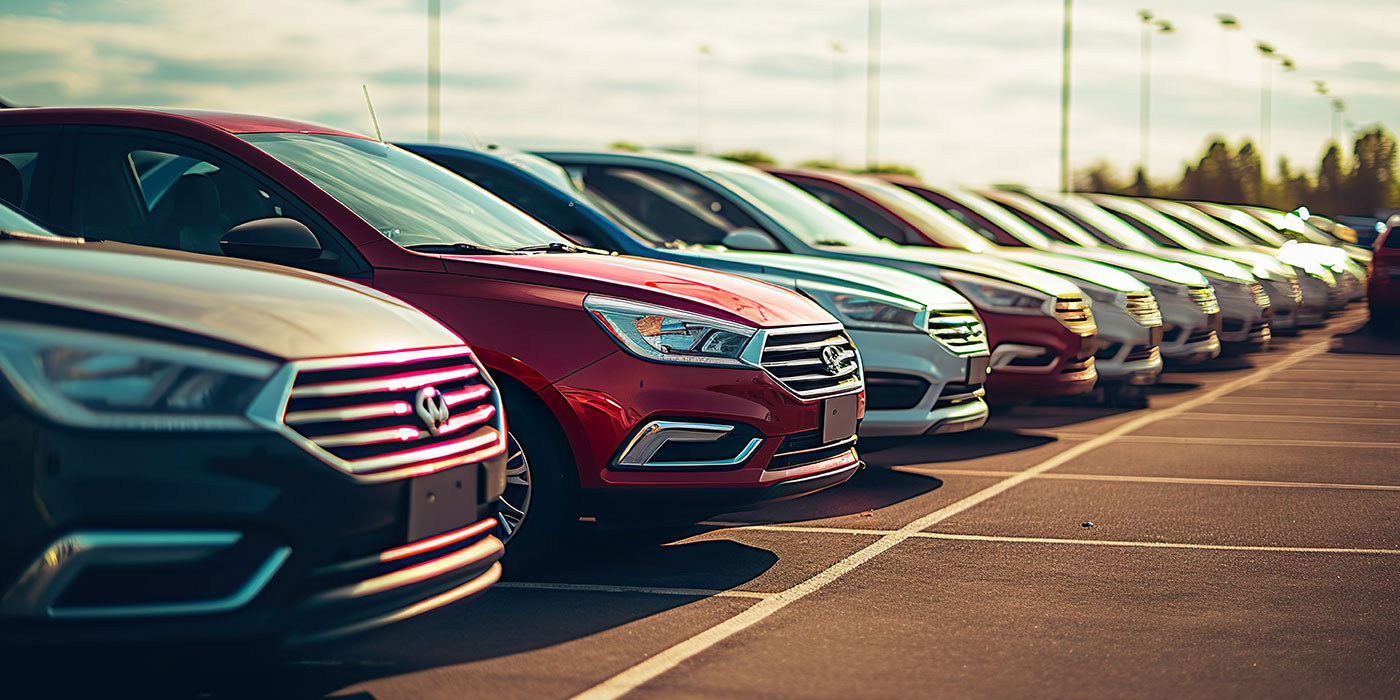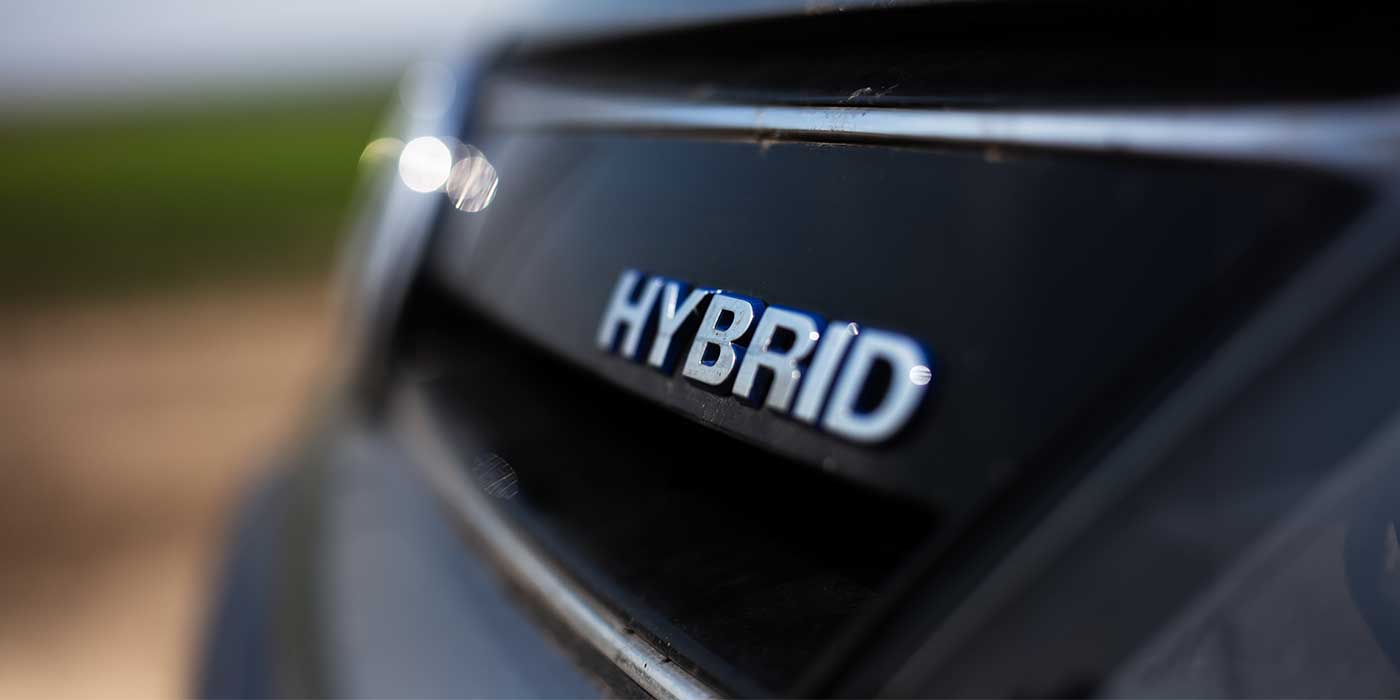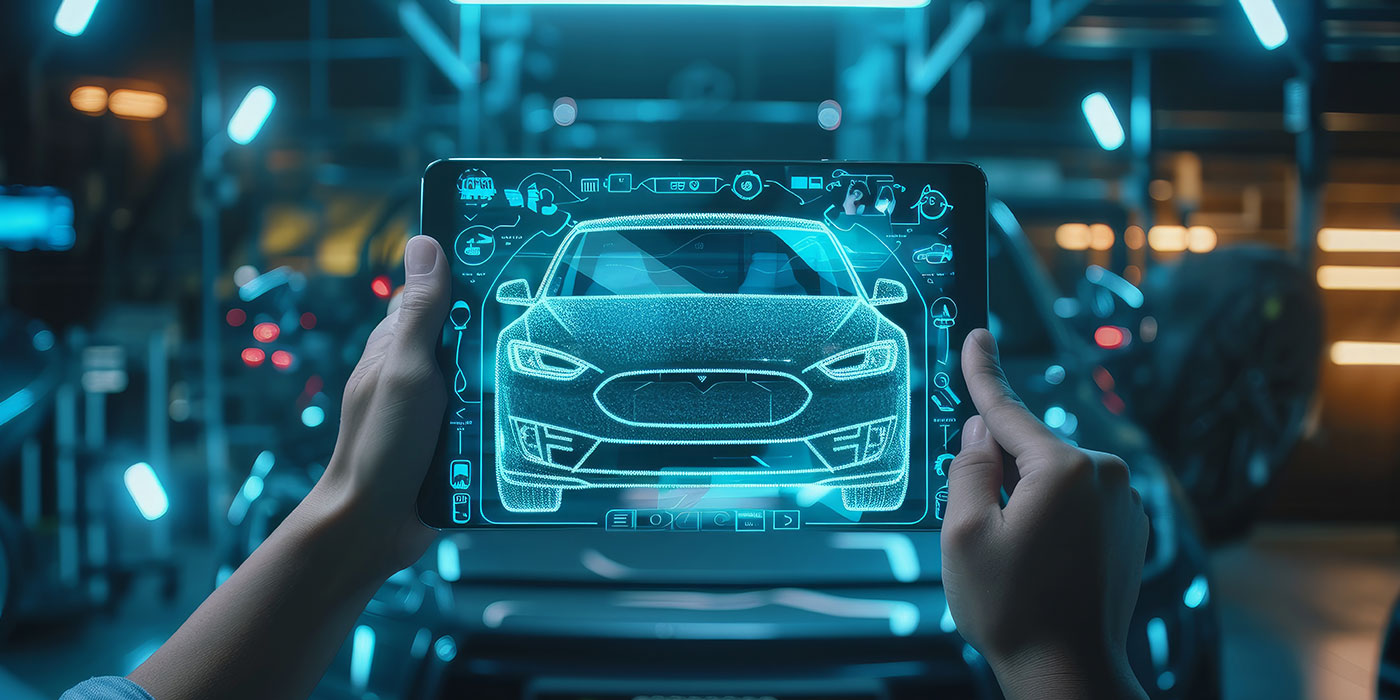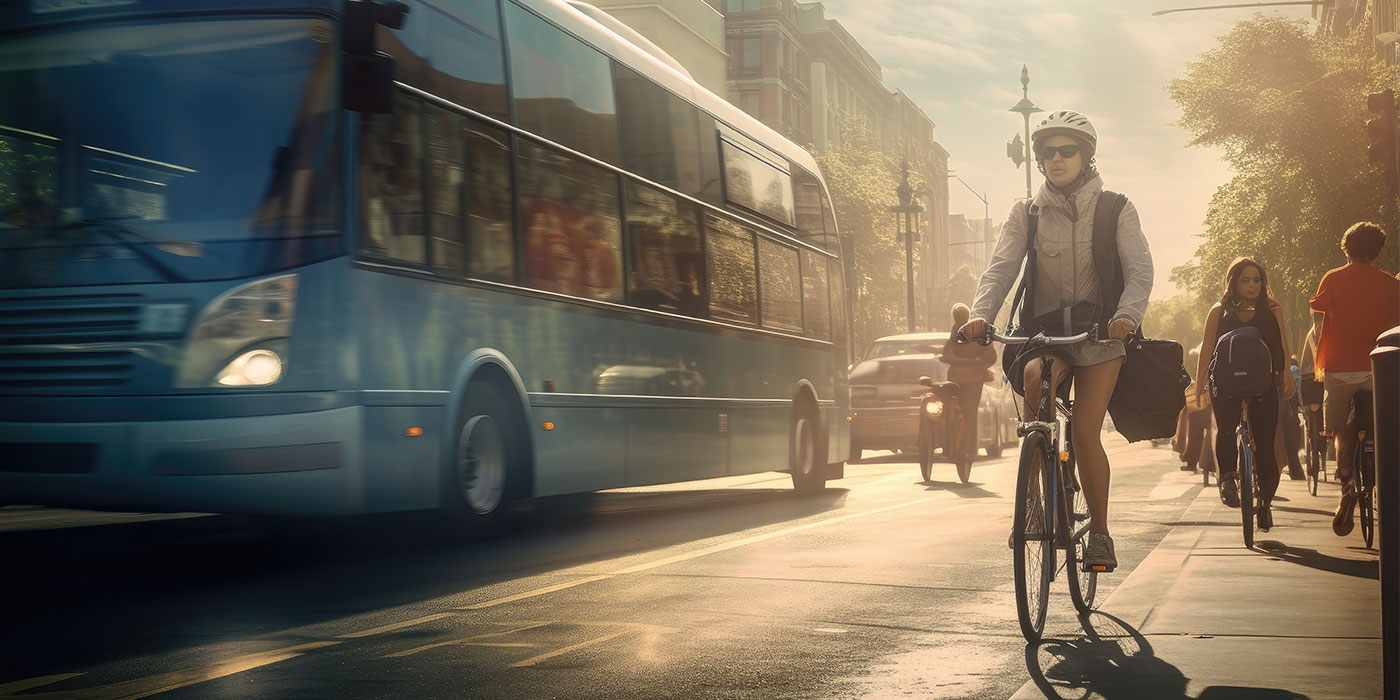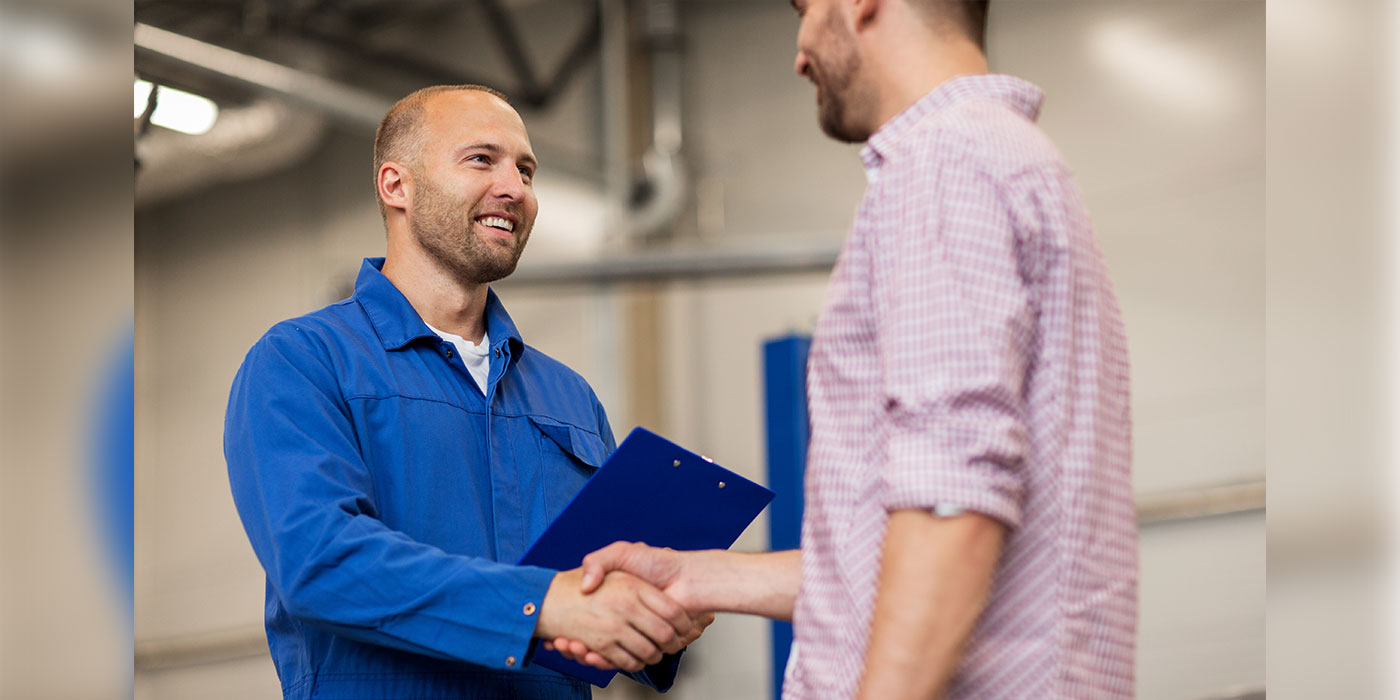The way the world buys and sells vehicles is changing. In keeping with how consumers shop online, they have grown accustomed to the convenience and speed of buying things with just a few clicks, and feel that they can trust the process. In fact, an increasing number of consumers are ready to see these online experiences extend to car buying, with 80% saying they want at least part of their vehicle purchase online*. But are dealerships ready and equipped to make this happen?
Dealerships are familiar with the in-store selling process because it has worked since the first auto retail store opened in 1897. And while it’s hard to break old habits — especially when they’re still successful — dealerships must continue to modernize and transform to meet consumers’ growing expectations. Further accelerated by the pandemic, consumers are already well entrenched in the digital world — hailing a rideshare to the airport and ordering groceries with just a key stoke. While most dealerships have adapted to the digital world to some extent, the car-buying process is rarely simple, creating challenges as they work to define their digital retailing strategy.
According to our research of more than 300 dealerships, almost half of those surveyed defined “purchasing a car online” as any sale that started with an online lead, even if it ended with a trip to the dealership. The same survey also uncovered that only 8% of dealerships described “purchasing a car online” as consumers conducting 100% of their auto purchase online (from signing paperwork and acquiring the vehicle) autonomously with no dealer intervention.
To cater to the needs of today’s car buyers, dealerships and direct retailers must be ready for any consumer, be it digital, a good old walk-in or a combination of the two. By adopting solutions that support the spectrum of digital retailing, while also incorporating offline services, they’ll be able to “mind the gaps” more easily in the car buying journey and increase consumer satisfaction. For example, a consumer may want to test drive a vehicle in person but handle their contract and signing digitally.
Dealerships today must think about their current customer base and decide what digital retailing model makes sense. It’s important to remember that digital retailing isn’t one size fits all, nor are all consumers looking to complete 100% of their auto purchase online. Gaps are likely to occur among shoppers if dealerships can’t simply explain and promote what online tools are available and how they work. Furthermore, customers need to be reassured that their digital journey can be completed however they like — including in-person.
Personalization is critical to avoiding this, and that can be accomplished with the right set of digital retailing tools that deliver the experience consumers demand no matter the purchasing path. For example, a dealership could deploy an advanced tool, like artificial intelligence, to identify ready-to-buy customers backed by insights derived from thousands of transactions and traffic patterns from other auto shopping platforms. Tools like these help dealerships meet consumers where they’re at in the purchase journey, tee up the next experience that the car buyer expects, and eliminate any gaps that could delay or derail a purchase.
Now is the time for dealerships to innovate. It’s critical that they determine how to best serve car buyers and what technology it will take to deliver on their brand promise and achieve their business goals. By leveraging the right set of digital retailing technology tools, retailers can provide convenient, flexible shopping, and buying experiences that buyers expect — thereby enabling them to reach consumers whenever and wherever they want to buy — online, in-store or in-between.

